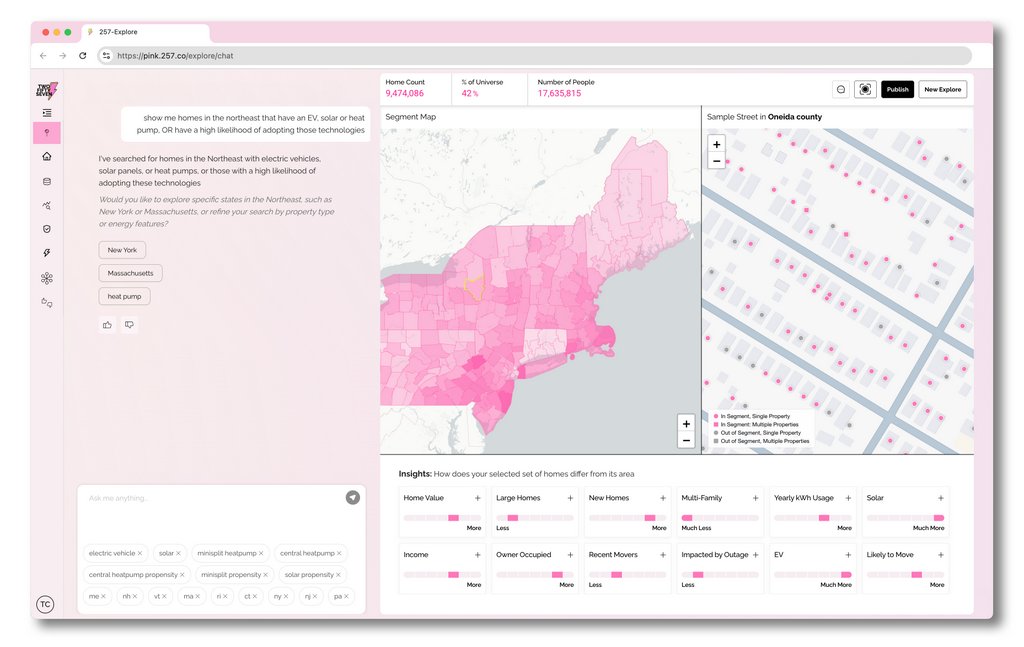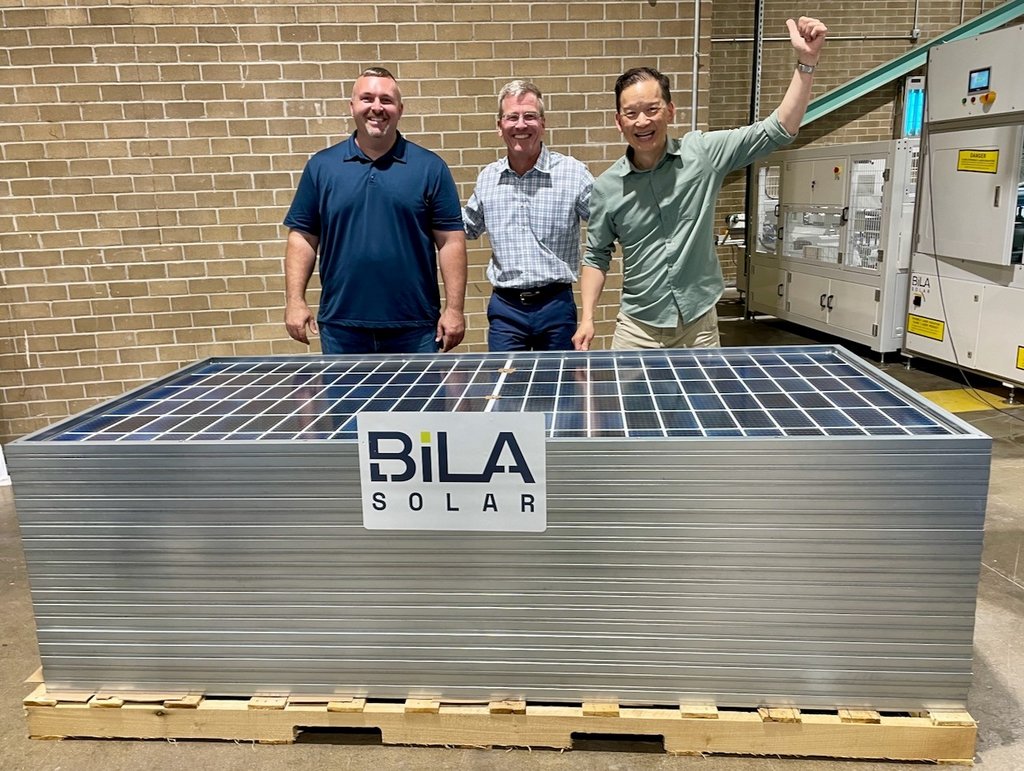Affordability of Solar Photovoltaic Systems Accelerate their Uptake
Solar photovoltaic (PV) will hold its spot as the fastest growing technology in the U.S. energy industry for the next four years. The prices of solar modules have been in a free fall since 2008, accelerating PV systems’ commercialization, while encouraging the development of new financing models for the residential sector.
 New analysis from Frost & Sullivan’s Analysis of the U.S. Residential Solar Power Market research finds that the market earned revenues of more than $1.73 billion in 2011 and estimates this to reach $3.04 billion in 2016. The cumulative PV solar installations in the United States reached 4,450, which generated 1,855 megawatts (MW) of solar power in 2011. The residential segment accounted for 15.2 percent, or 282 MW, of the annual installations during 2011, and is projected to grow at a compound annual growth rate of 11.9 percent from 2011 to 2016.
New analysis from Frost & Sullivan’s Analysis of the U.S. Residential Solar Power Market research finds that the market earned revenues of more than $1.73 billion in 2011 and estimates this to reach $3.04 billion in 2016. The cumulative PV solar installations in the United States reached 4,450, which generated 1,855 megawatts (MW) of solar power in 2011. The residential segment accounted for 15.2 percent, or 282 MW, of the annual installations during 2011, and is projected to grow at a compound annual growth rate of 11.9 percent from 2011 to 2016.
Prices decreased by almost 50.0 percent since 2008 on the back of the economic downturn, the resulting lower demand for solar energy, and an increased supply of polysilicon. The prices will continue to decline — albeit, at a lower rate- – in the next four years, due to economies of scale and technological improvements, making solar energy more affordable to residential customers.
“New financing methods, such as solar lease programs and power purchase agreements, are diminishing the main barriers to solar system installations,” said Frost & Sullivan Senior Industry Analyst Georgina Benedetti. “These barriers include high up-front costs and complex installation and maintenance.”
Due to PV systems’ high capital, it could be almost 20 years before consumers recover the installation costs through solar electricity savings. The market also experienced significant supply-demand imbalance throughout the value chain in 2011. Most solar module manufacturers reduced prices, decreased margins, and, in some cases, closed some manufacturing facilities. Further, expiration of the 1603 grant program is expected to affect new system installations, especially beyond March 2013.
PV module suppliers could increase the uptake of their products in the residential sector by providing a one-stop shop for all solutions – from engineering design to installation and maintenance to government grant paperwork.
“In the last two years, the expanded manufacturing capacity in the solar industry, in combination with technological improvements, has lowered the wholesale module prices, making solar panels reasonably priced,” noted Benedetti. “Moreover, the escalating competition from low-cost Chinese companies is compelling U.S. manufacturers to focus on improving quality and efficiency, while simultaneously reducing costs, to stay afloat.”
Analysis of the U.S. Residential Solar Power Market is part of the Energy & Environment Growth Partnership Services program, which also includes: Analysis of the U.S. Residential Solar Power Market and Annual Global Power & Energy Outlook 2012. All research services included in subscriptions provide detailed market opportunities and industry trends evaluated following extensive interviews with market participants.





Comments are closed here.